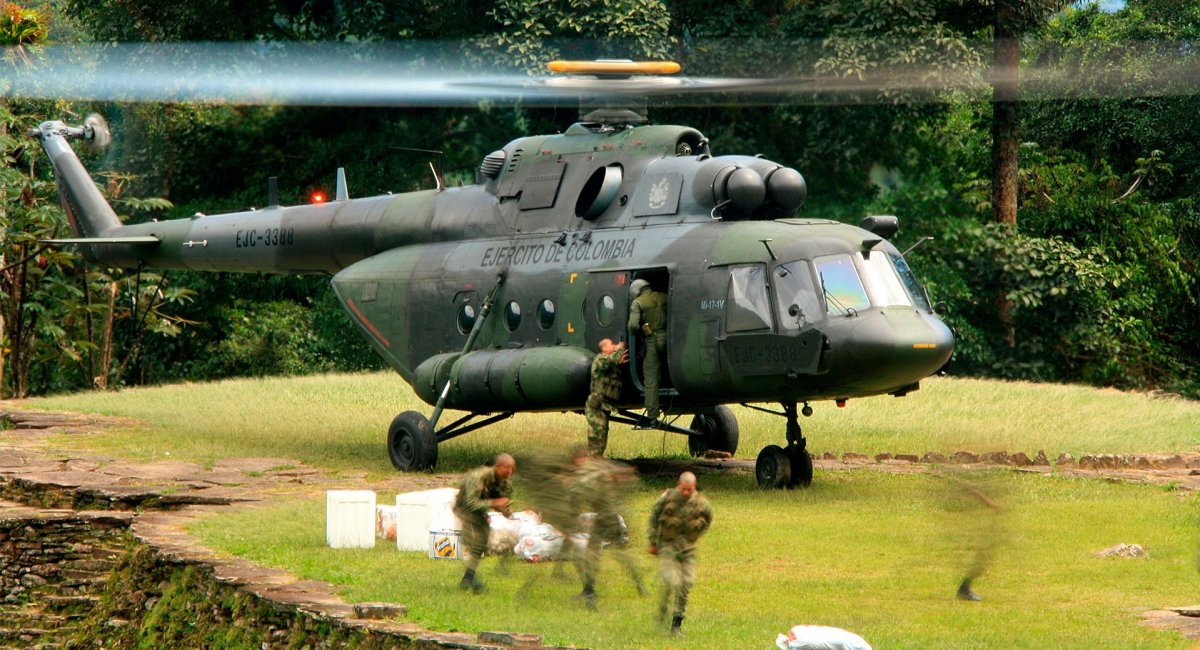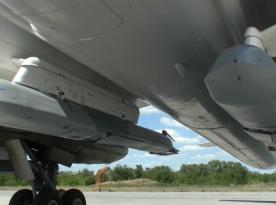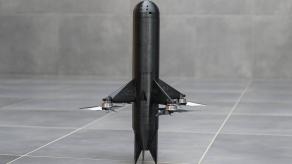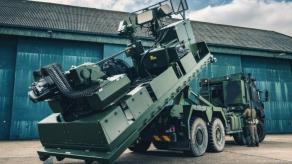Rosoboronexport, russia’s state-run arms export agency, has announced plans to establish a helicopter maintenance and repair hub in Peru, intended to service russian-made helicopters operated across Latin America. The statement was made by the company’s CEO Alexander Mikheev, according to The Defense Post.
Although specific details of the project have yet to be disclosed, the intent alone is quite vocal. Especially since the announcement comes after repeated and failed attempts by the United States in 2023–2024 to acquire russian-made helicopters from Latin American countries for transfer to the Ukrainian Armed Forces.
Read more: Colombia Refuses $300 Million U.S. Deal on Mi-17 Helicopters for Ukraine

That effort unfolded in two phases. The first, in January 2023, aimed to secure several dozen Mi-17 and Mi-35 helicopters from Colombia, Brazil, and Mexico. However, the plan collapsed, leaving these helicopters grounded and turning into rust with no chance of getting maintenance.
The second attempt came in March 2024, when the U.S. offered Latin American nations Western-made replacements in exchange for their Soviet-era equipment. That initiative also failed to gain traction.
It's also worth noting that this initiative occurred against the backdrop of U.S. Congress blocking the supplies of military aid to Ukraine, making any opportunity to get equipment "here and now" critical.

Now, russia wants to enter the promising market by creating a support infrastructure for its aircraft. And here's the inventory of russian helicopters in the region they aim to work with:
- Brazil: 12 Mi-35 helicopters (purchased in 2008, decommissioned by February 2022)
- Mexico: 16 Mi-17 helicopters (technical condition largely unknown)
- Colombia: 19 to 26 Mi-17 helicopters (purchased in the 2000s; technical condition unclear)
Given these numbers, one might ask a completely logical question: what does russia stand to gain from such a modest market?
But russia's broader objective may be less about profit and more about geopolitical prestige. Establishing a service hub in Peru could serve as a symbolic foothold in what has traditionally been considered a U.S. sphere of influence.
Read more: How Bolivia Once Turned Back On russia and Turned Down a $100 Million Deal on Mi-17, Weapons, and the Current State of its Military














